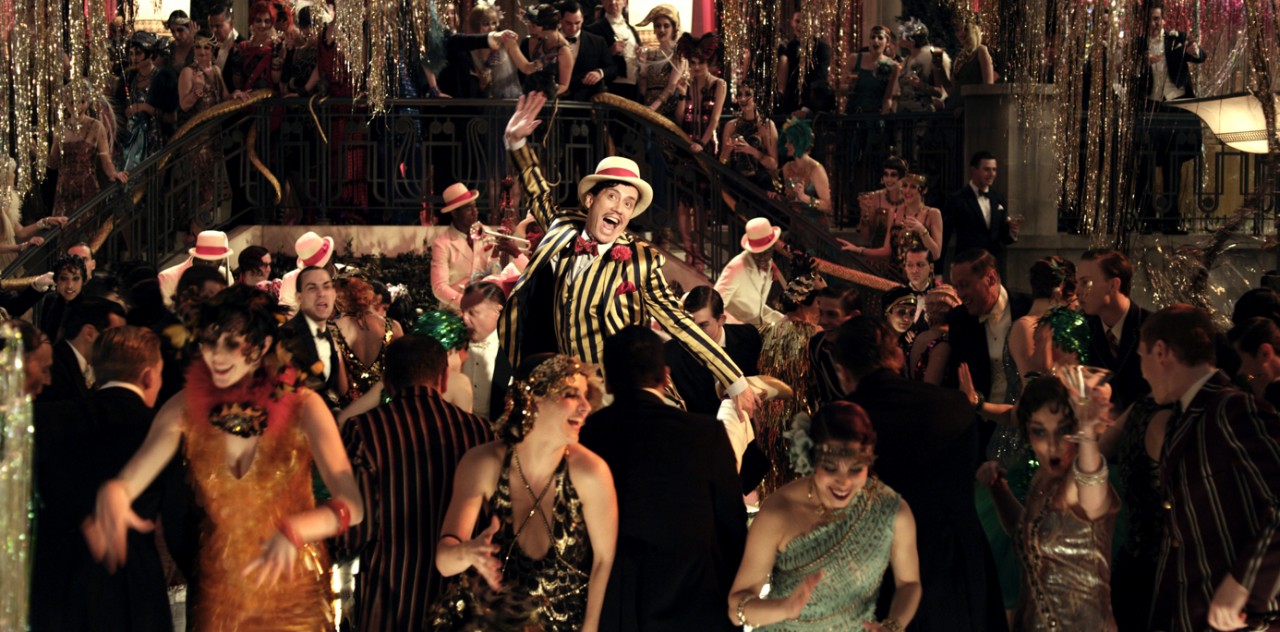Last night I went to the MoMA’s screening of Baz Luhrmann’s “The Great Gatsby” . Following the story’s theme of spectacle, it was appropriate that way too many people showed up (it was Film members only) and had to be turned away. I heard a man muttering to his wife, “Someone should be fired for this!” and I had to initially sit on the floor in the overbooked theater.
Today the MoMA’s membership director sent out an apologetic email:
I was dismayed to learn that last night’s MoMA Film Plus screening of The Great Gatsby was overbooked, and that as a result, a number of our Film Plus members were unable to see the film. It is extremely important to me – and to all of us at MoMA – that members have the best possible experience with the Museum. I am deeply sorry for the inconvenience and frustration this must have caused. Please let us know by reply email if you were one of the members shut out of the screening. I would very much like to apologize directly to those who were affected.
I have to admit, if the promise was: “Please email me and we’ll invite you to a second screening of the movie”, I might have lied to see the movie again…it was pretty good, even from the very back rows. Definitely the most appropriate use of 3D I’ve seen yet, and that includes Avatar, but only because Avatar was a terrible movie. Luhrmann’s “Gatsby” had the advantage of Fitzgereald’s story and after watching his vision, it’s hard to imagine anyone else doing it as well (especially when you consider how awful the Robert Redford version was). Even if you don’t like Luhrmann’s over-the-top style, there’s really no better way to do “Gatsby” than being completely over-the-top. And the 3D just complemented the theme of excessive indulgent bullshit, rather than just being a movie-going gimmick.
The movie’s first half was great, the second half couldn’t keep the pace. And disappointingly, some of the memorable character details that I’ve always liked in “Gatsby” — such as Jordan being a total sneak, her relationship with Nick, and Meyer Wolfsheim’s last scene with nick — weren’t in the movie.
Whatever the movie’s faults, what Luhrmann cemented for me is the timeless quality of “The Great Gatsby.” It helps that the story takes place during the “Jazz Age,” one the most progressive and interracially-related period before the Civil Rights Movement. But during the whole movie, I kept thinking how virtually nothing in the depiction of decadent life is alien to what we think of today, and in the movie, the use of Jay-Z and Beyonce in the soundtrack is much less anachronistic than you might think. In fact, the only think that reminded me that “Gatsby” takes place in the past is that none of Gatsby’s party goers were Instagramming/twittering the entire time.
I was surprised when Louis C.K. listed “The Great Gatsby” as his favorite book when the Times interviewed him last month (Louis mocked the fact that the 3D movie was being produced)…It’s my favorite book, too, but I only thought that because I was a high school book nerd. After seeing Luhrmann’s interpretation, I think it’s fair to say that “The Great Gatsby” is a story just as universal as any of Shakespeare’s works. Luhrmann’s version could’ve been better, but the spectacle is worth watching. And it’s hard to beat the “The Wire’s” depiction of “Gatsby” (I think it was a poor choice for Luhrmann not to include the book scene in his movie):
